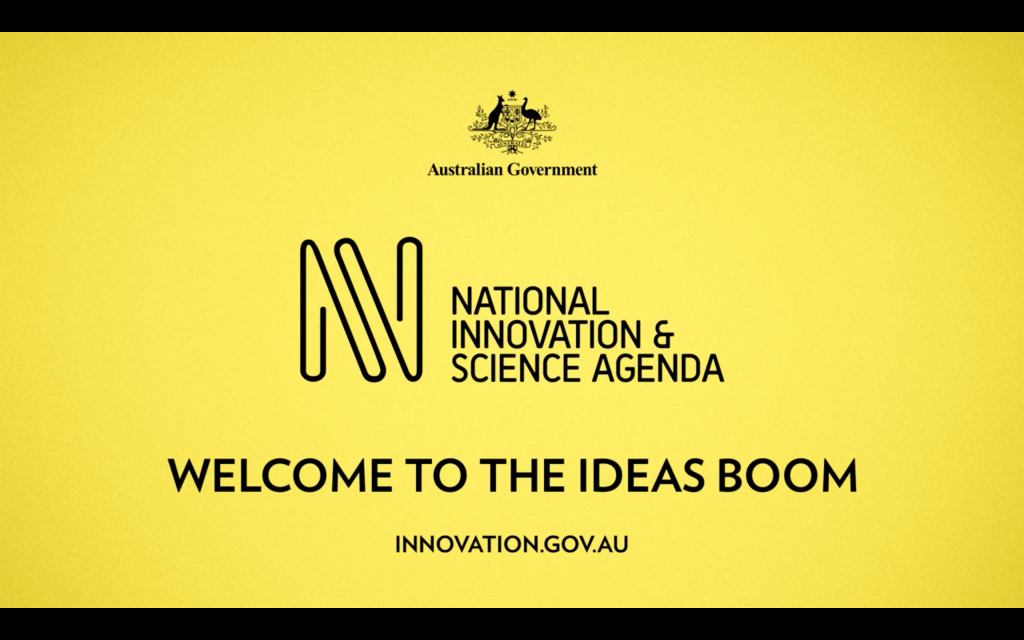The Australian Government are giving out grants between $10,000 and $50,000 to encourage the implementation of a new Digital Technologies curriculum. Applications are open to proposals from schools and organizations, with one example of a possible project being the Leveraging of existing facilities to establish cross−curricular ‘creation/fabrication’ spaces including 3D printers, laser cutters and the like.

Australia’s Digital Technologies curriculum is geared towards children from Foundation stage (up to age 5), through to Years 9 and 10 with 15 and 16 year olds. In the early stages, the curriculum seeks to develop a child’s computational thinking through play with robotic toys and basic software applications. The later stages see pupils using algorithms to design their own software, with an ability to explain the control and management of networked digital systems and the security implications of the interaction between hardware, software and users.
Grants offered by Digital Literacy School Grants are part of the government’s National Innovation and Science Agenda (NISA) which seeks to inspire all Australians in digital literacy and STEM (Science, Technology, Engineering and Mathematics education).

There are ‘four pillars’ to the NISA, as broken down in a statement from the Industry, Innovation and Science Minister, Christopher Pyne. First of all; “It involves all of us and applies to all endeavours. The National Innovation and Science Agenda will help innovative businesses and support entrepreneurs change the way our world-class research and businesses work together.” These first two pillars give tax breaks to encourage innovation from businesses and encourage partnerships. Next, the NISA: “encourages government to be an exemplar of innovation.” And finally: “above all it will prepare young Australians for the opportunities of the future, making sure they have the skills they need to create new ideas, turn those ideas into reality and reap the rewards of taking risks, learning from failure and embracing opportunity.”

The NISA initiative was first launched in December 2015, and will see the government invest $48 million in STEM education over the next five years. The grants add incentive to Australian 3D printing projects, which are already thriving in education given the prominence of the Adelaide-based Makers Empire, and Australian Universities recently introducing additive manufacturing to their syllabus.
Applications for the first round of Digital Literacy School Grants remain open until 5pm (Canberra local time) on Friday 28 October 2016, with the second round opening in early 2017.
Featured image: Inspiring all Australians in Digital Literacy, Science, Technology, Engineering and Mathematics, photo via: innovation.gov.au



